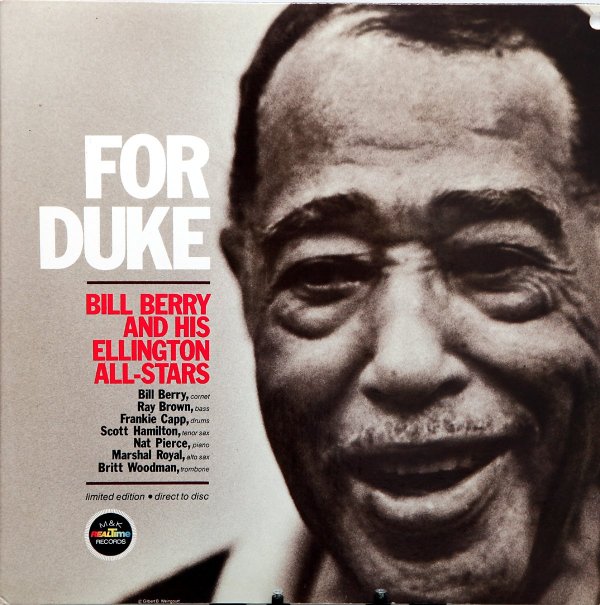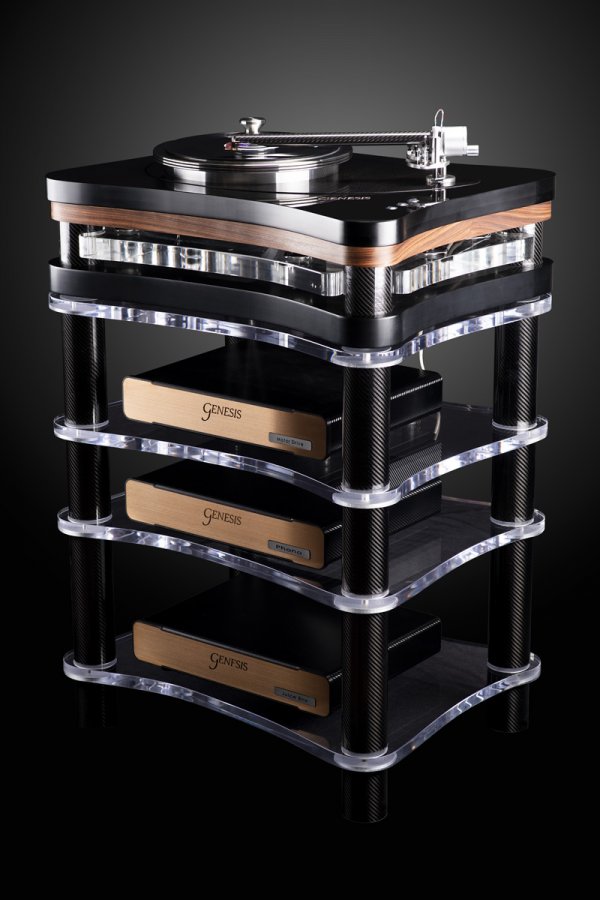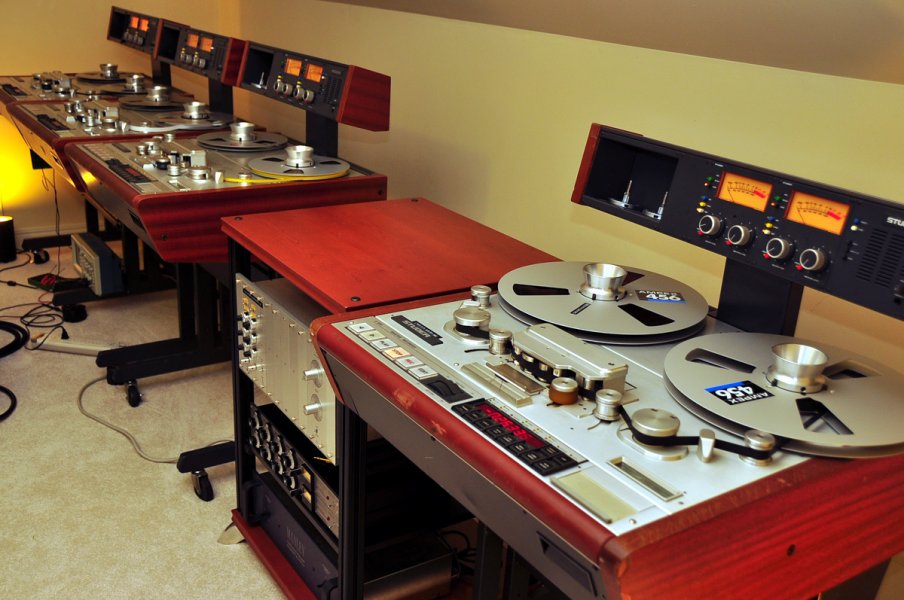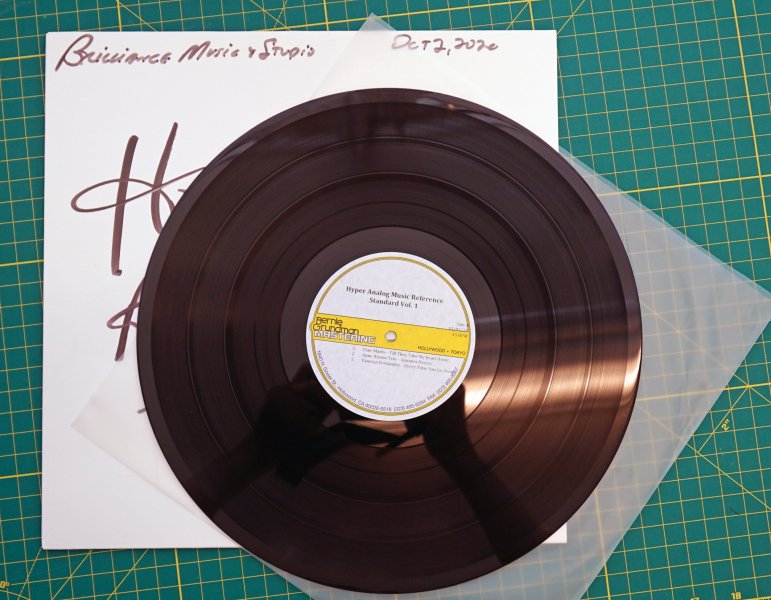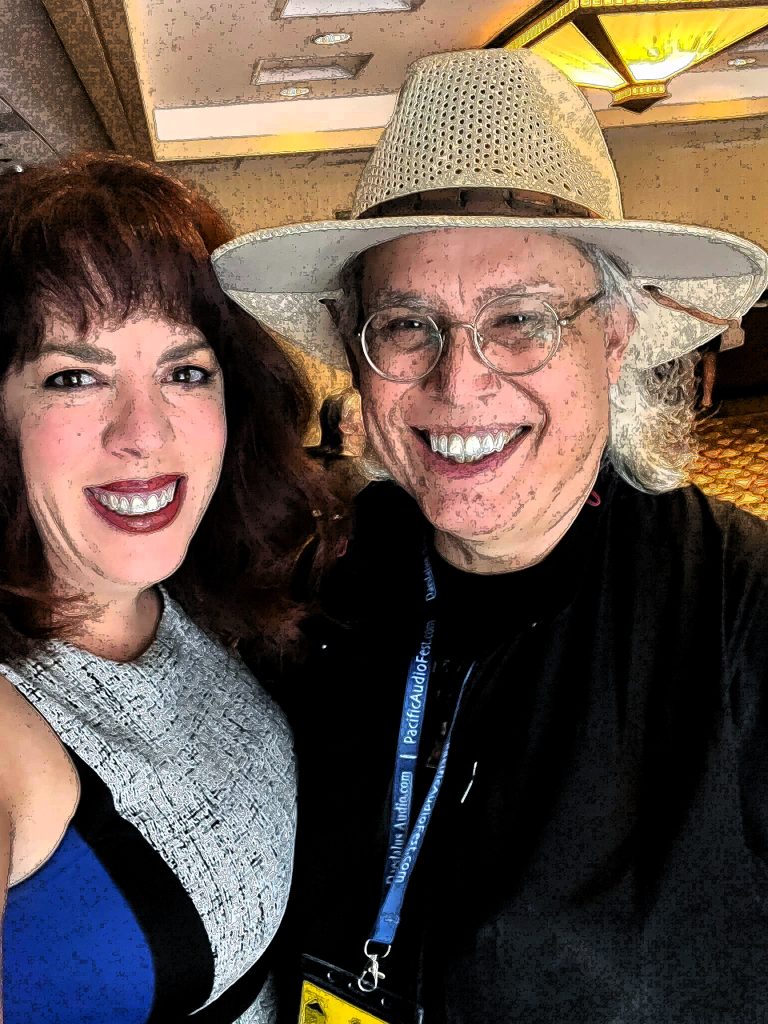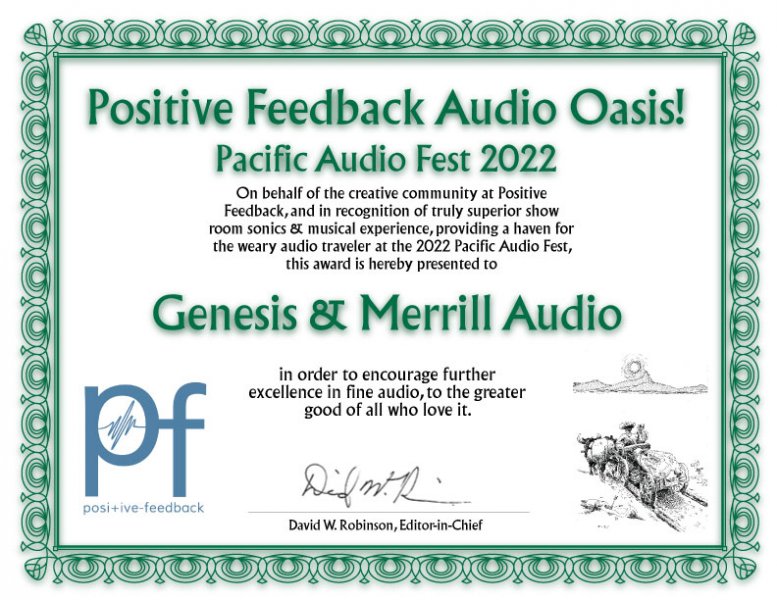What a Difference a Pellet Makes
Cascade 9, Sunday, 31st July, 12noon
Some of the best recordings ever made are Direct-to-Disc. That is because there are many intermediate steps that were eliminated between the musicians and the final product. The more steps eliminated the closer to the music you get. Among the very best are are the M&K Realtime Direct-to-Disc albums from the 1970’s. Albums like Flamenco Fever, For Duke and Earl “Fatha” Hines are treasured in our collections.
In this session, we invite Steve McCormack, one of the engineers of these albums and the designer of McCormack Audio and SMcAudio, to play test pressings of some of the more fun, obscure and sonically amazing albums for us, and talk to us about the challenges of recording Direct-to-Disc.
Steve was a big part of our inspiration to produce the Direct-to-Disc album Four Seasons in Jazz – Live at Bernie’s. Having the best musicians, the engineers, the gear and the best printing and pressing plant though, wasn’t enough.
When the first test pressing came back from RTI, we still were not satisfied. Having been in the studio when the album was recorded, we felt that there was more that was not coming through on the pressing.
What followed was many more test pressings each using a different formulation of vinyl: the chemistry of the vinyl pellet used to make the puck to press the record. In this session, you will get to experience what we went through. We will play some of the different test pressings – using the same stamper, and even the same press at RTI. You will hear the difference when the vinyl hardness, coefficient of friction, and dyes are changed.
We will also play a One Step version (eliminating 2 steps in the pressing process), and finally, the direct-to-lacquer that came off Bernie Grundman’s lathe.

